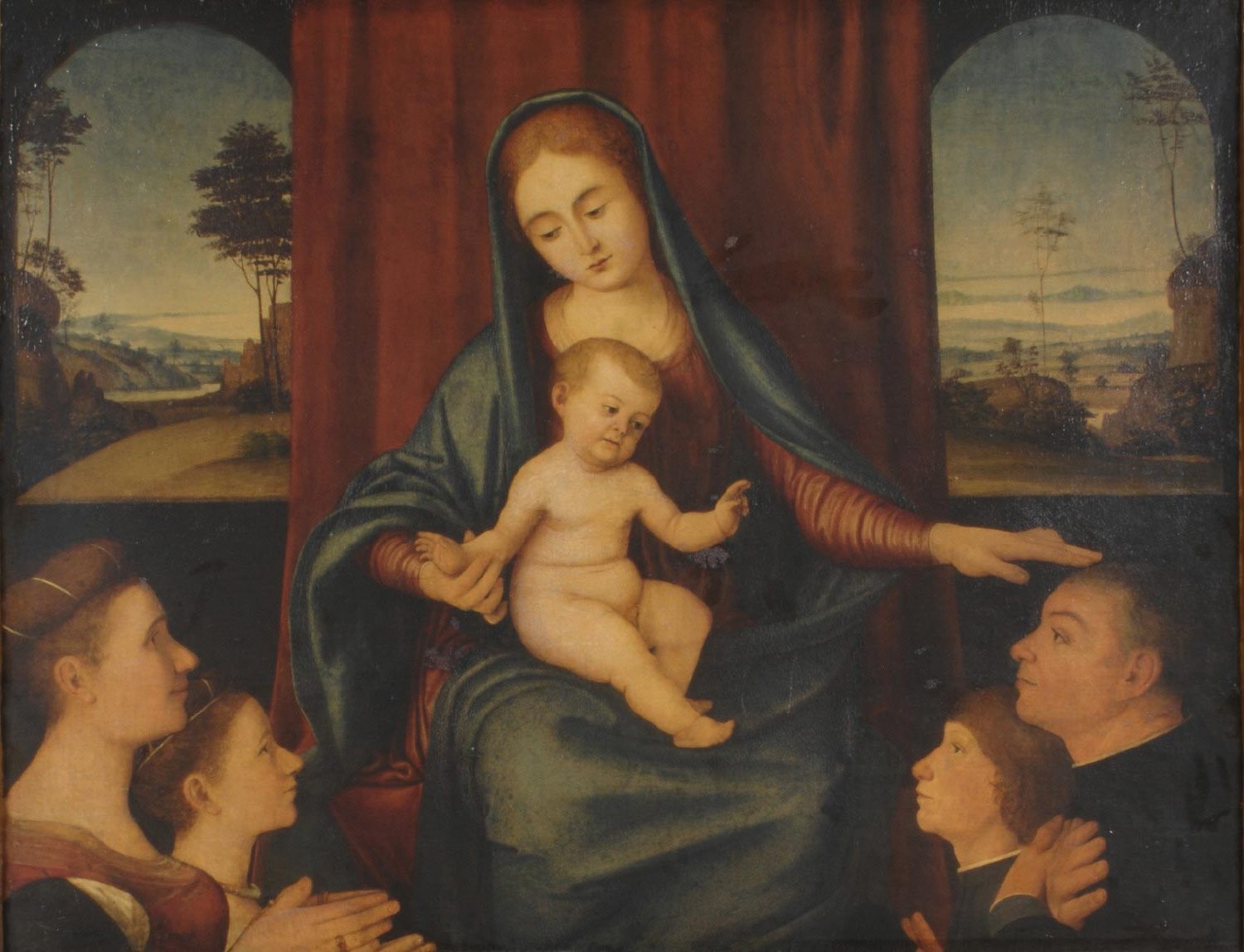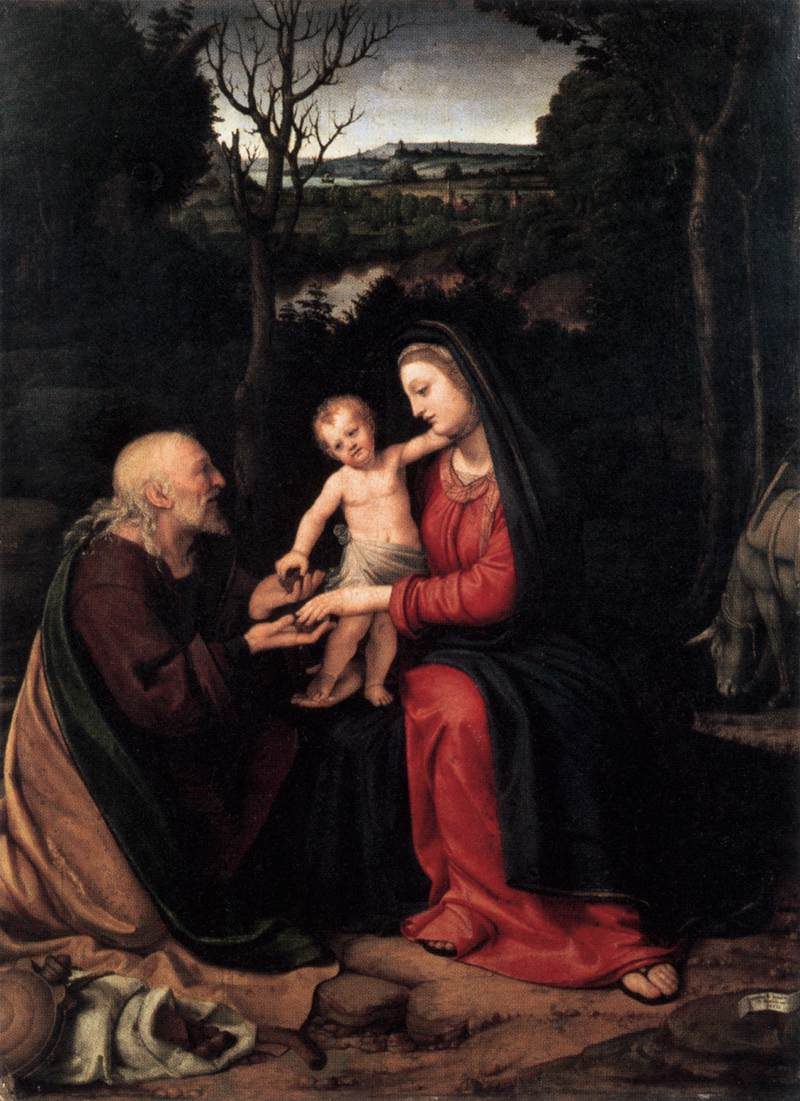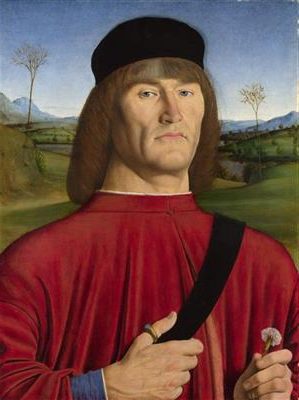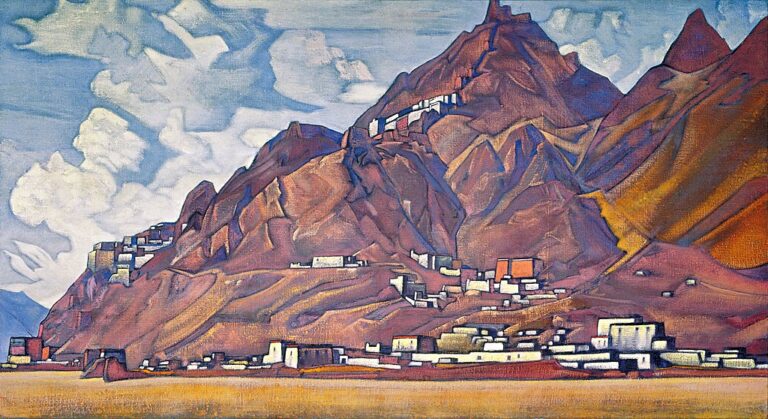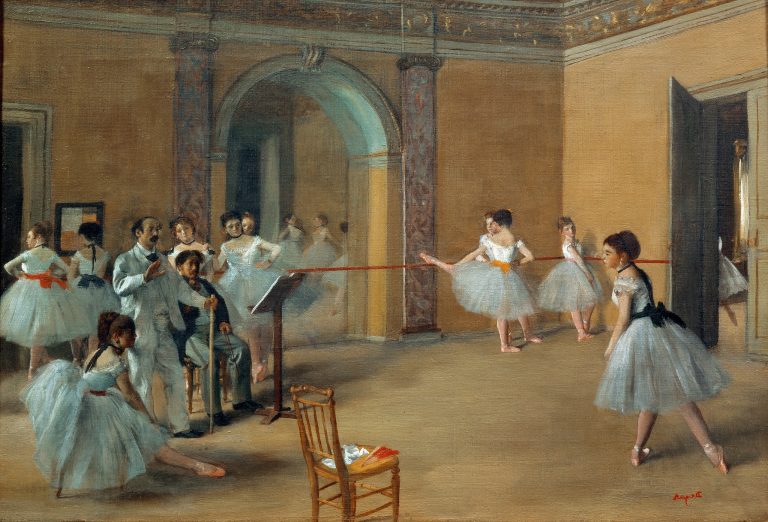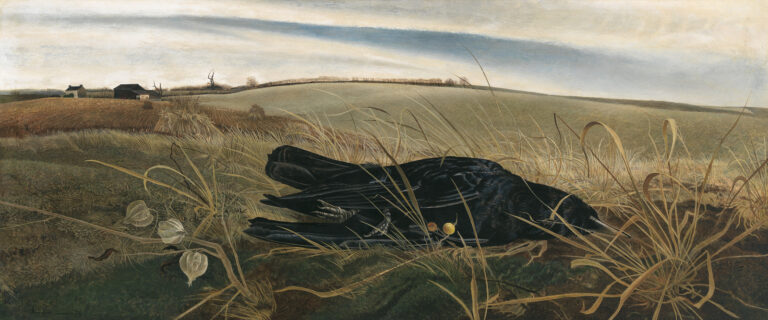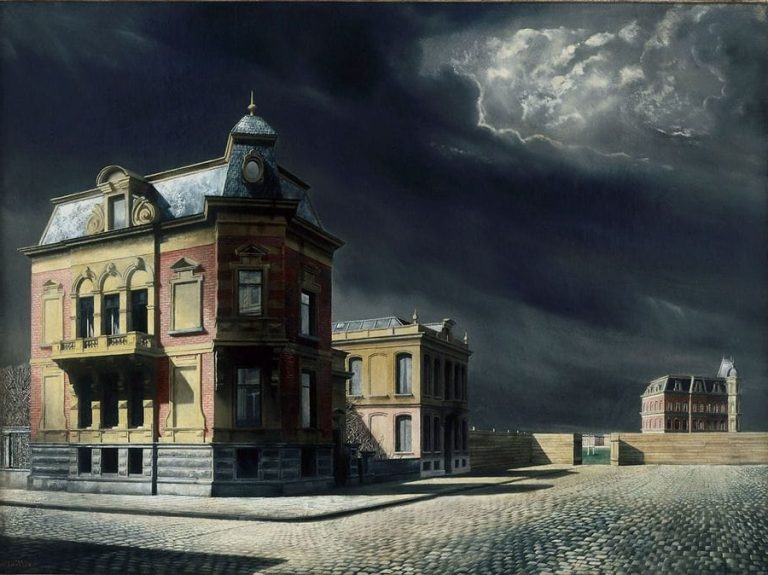Andrea Solario: Painter of Renaissance Masterpieces
Born: c. 1460, Milan, Lombardy
Death: c. 1524, Milan, Lombardy
Art Movement: Renaissance
Nationality: Italian
Influenced by: Leonardo
Andrea Solario: Painter of Renaissance Masterpieces
Life and Career of Andrea Solario
Andrea Solario was a notable Italian Renaissance painter from Milan. He learned from great artists and worked for important people during his life.
Early Life and Background
Andrea Solario was born around 1460 in Milan, Italy. He came from a family of craftsmen. His brother Cristoforo was a skilled sculptor and architect.
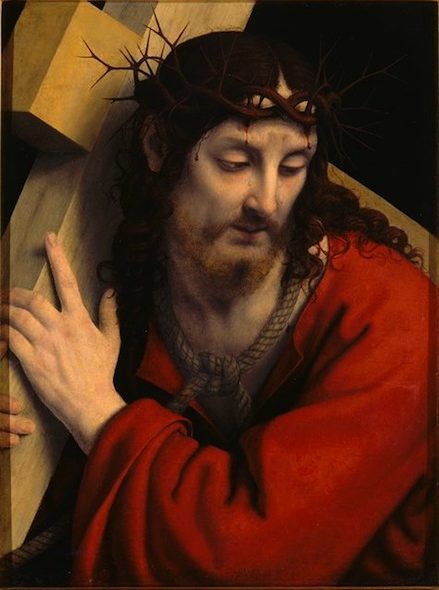

Andrea learned to paint at a young age. He likely trained first with his brother. Later, he went to Venice to study art.
In Venice, he saw the work of Antonello da Messina. This helped shape his early painting style.
By 1495, Solario was working as a painter in Venice. He became known for his skill in portraiture and religious scenes.
Influence of Leonardo da Vinci
After returning to Milan, Solario met Leonardo da Vinci. Leonardo had a big impact on Solario’s art.
Solario learned Leonardo’s techniques for soft shading and atmospheric effects. He began to paint in a more refined style. But he kept some of his own unique qualities too.
Solario’s paintings from this time show a mix of Venetian color and Leonardesque style. His portraits became more lifelike and his religious scenes more dramatic.
Association with Charles d’Amboise
In 1507, Solario got an important job. Charles d’Amboise, the French governor of Milan, hired him to paint for his castle.
Solario spent two years working at the castle of Gaillon in France. He painted portraits and decorations for the chapel. This work helped spread Italian Renaissance art to France.
After finishing at Gaillon, Solario returned to Italy. He continued to get commissions from wealthy patrons.
Late Period and Death
In his later years, Solario kept painting in Milan. He created some of his best-known works during this time.
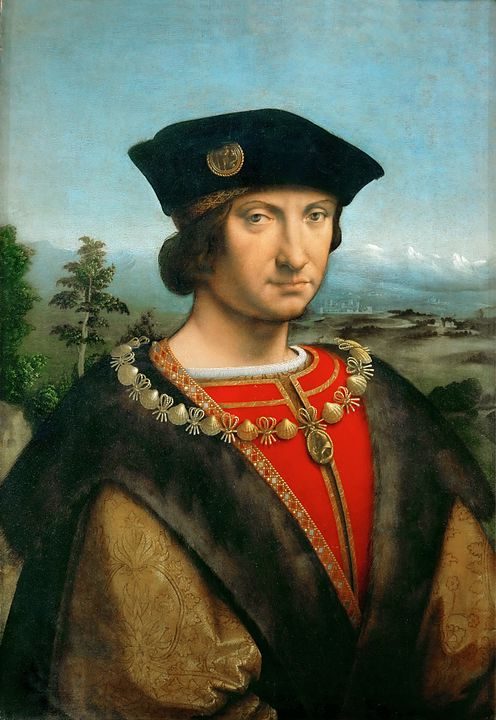
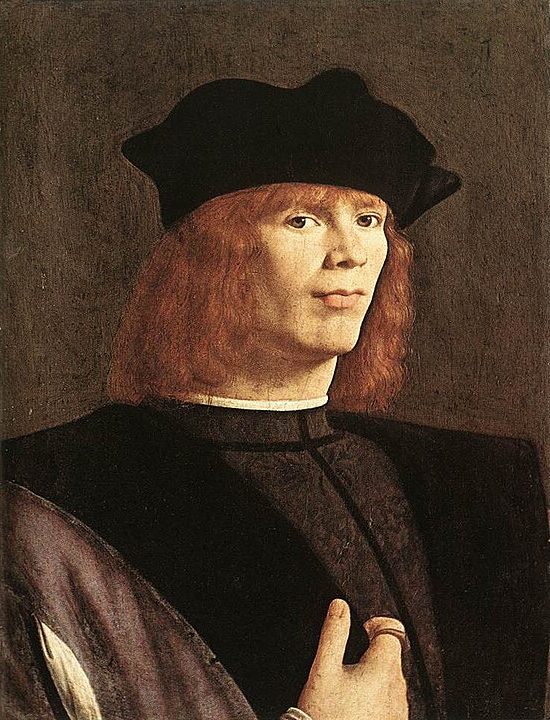
One famous painting from 1515 shows the Virgin Mary nursing baby Jesus. It hangs in the Louvre museum in Paris today.
Solario died in Milan in 1524. He was about 64 years old. His paintings can now be seen in museums around the world. They show his skill in blending different artistic styles of the Italian Renaissance.
Artistic Style and Contributions
Andrea Solario blended Milanese and Venetian styles in his art. He was known for his precise brushwork and use of color. Solario’s work showed influences from Leonardo da Vinci and Flemish painters.
Leonardesque Influence
Solario’s art changed after meeting Leonardo da Vinci. He started using sfumato, a soft blending technique. This gave his paintings a dreamy quality. Solario kept some of his own style while adding Leonardo’s ideas.
His figures became more lifelike. He paid close attention to light and shadow.
Solario’s “Madonna of the Green Cushion” shows clear Leonardo influence. The painting has a tender mood and subtle shading.
Religious Works and Iconography
Solario painted many religious scenes. His “Crucifixion” is a key work. It shows Jesus on the cross with a dark sky behind him. The painting is full of emotion and drama.
He also did several versions of the Madonna and Child. These paintings show Mary holding baby Jesus. Solario gave them gentle, human expressions. He often added rich colors and fine details to their clothes.
His “Annunciation” is another important religious painting. It shows the angel Gabriel telling Mary she will have Jesus. Solario used soft light and careful details in this work.
Portraiture and Character Studies
Solario was skilled at painting people. He did portraits of nobles and church leaders. His portraits show the person’s character, not just how they look.


He paid close attention to faces and hands. Solario could paint skin that looks soft and real. He often put his subjects against dark backgrounds. This made the faces stand out more.
One famous portrait is of Charles d’Amboise. It shows the French governor of Milan looking calm and in control. The painting has lots of fine details in the clothes and jewelry.
Legacy in Milanese Art
Solario helped shape art in Milan. He mixed ideas from Leonardo with his own style. This created a new look in Milanese painting.
His work influenced other artists in the area. They learned from his use of color and light. Solario’s religious paintings were copied by many painters.
He helped keep Leonardo’s ideas alive in Milan. But Solario also added his own touch. This mix of styles became part of Milan’s art tradition for years to come.
Notable Works Across Collections
Andrea Solario‘s paintings can be found in major museums around the world. His art showcases his skill in portraiture, religious scenes, and Renaissance techniques.
Masterpieces in the Louvre
The Louvre in Paris houses some of Solario’s finest works. “Virgin of the Green Cushion” is a standout piece, showing Mary and baby Jesus on a vivid green pillow. The painting’s soft colors and gentle mood are typical of Solario’s style.
“Salome with the Head of Saint John the Baptist” is another key work in the Louvre. This painting shows Solario’s talent for dramatic scenes. Salome holds the saint’s head on a platter, her face calm but haunting.
The Louvre also displays Solario’s “Charles d’Amboise,” a portrait that shows his skill in capturing personality. The subject’s thoughtful gaze and rich clothing reveal Solario’s eye for detail.
Works in the National Gallery of London
The National Gallery in London has a small but important collection of Solario’s art. “The Virgin and Child” is a prime example of his religious paintings. Mary cradles Jesus, both figures painted with care and warmth.
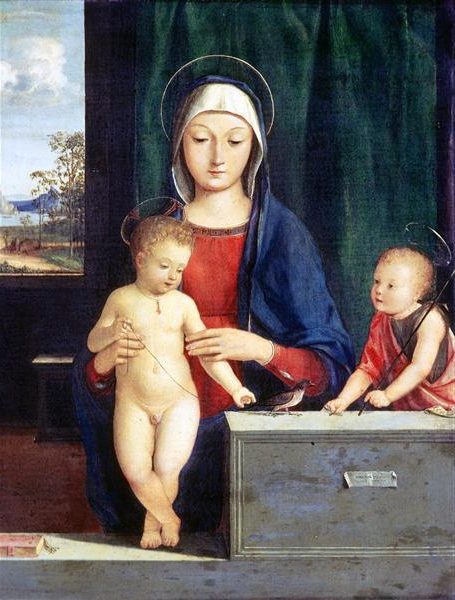

Solario’s “St Jerome” is also on display here. This work shows the saint in the desert, deep in thought. The rocky background and Jerome’s lined face show Solario’s skill with both landscapes and human features.
Pieces in Italian Museums
Italian museums hold many of Solario’s works. In Milan, the Poldi-Pezzoli Museum has his “Ecce Homo,” a moving image of Christ crowned with thorns. The Brera Gallery, also in Milan, displays “Madonna of the Carnation,” known for its soft light and tender mood.
The Certosa di Pavia, a monastery near Milan, has Solario’s “Christ Carrying the Cross.” This large work shows Jesus on the way to crucifixion, surrounded by a crowd. It’s a prime example of Solario’s skill with complex scenes.
Solario’s Art in American Institutions
American museums also house important Solario pieces. The Metropolitan Museum of Art in New York has his “Woman Playing a Guitar,” which shows his talent for secular subjects. The figure’s calm pose and rich clothing are typical of Solario’s style.
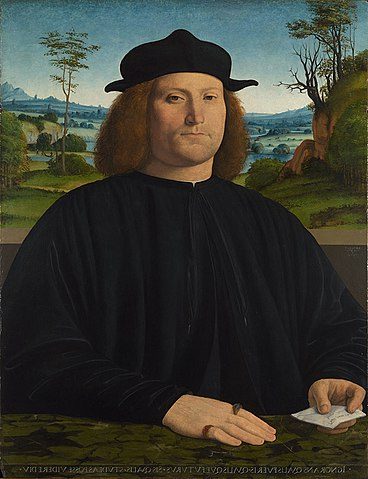
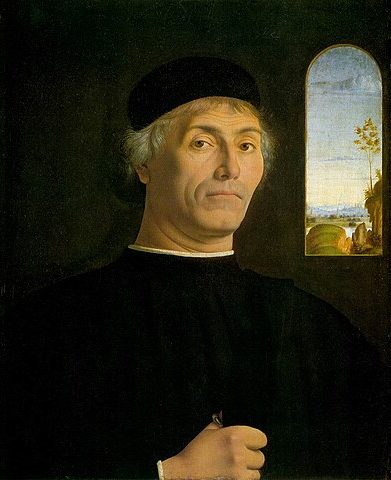
The National Gallery of Art in Washington D.C. displays Solario’s “Portrait of a Man.” This work shows his skill in capturing a person’s essence with subtle details.
The Philadelphia Museum of Art has Solario’s “Flight into Egypt,” a night scene that shows his mastery of light and shadow. Mary, Joseph, and baby Jesus travel under a starry sky, the mood both peaceful and mysterious.
Frequently Asked Questions
Andrea Solario was a key Renaissance painter from Milan. He created notable works and helped shape Italian art in the late 15th and early 16th centuries.
What artistic movement was Andrea Solario associated with?
Andrea Solario was part of the Italian Renaissance movement. He belonged to the Milanese school of painting. Solario’s style blended influences from Venice and Milan.
Which famous works of art was Andrea Solario known for?
Solario painted “The Crucifixion” in 1503, now in the Louvre. His “Annunciation” from 1506 is another well-known piece. Solario also created many Madonna paintings that gained fame.
What was the historical impact of Andrea Solario’s paintings?
Solario’s art helped spread Renaissance ideas. His work showed the mix of styles from different Italian regions. This blend of techniques influenced other artists of his time.
How did Andrea Solario contribute to the development of Renaissance art?
Solario brought Venetian painting styles to Milan. He learned from Leonardo da Vinci and added those methods to his work. This mix of ideas pushed Renaissance art forward in northern Italy.
In what ways did Andrea Solario’s technique differ from his contemporaries?
Solario used a unique blend of styles from Venice, Milan, and other areas. His paintings had softer lines than some artists. He paid close attention to small details in faces and clothing.
What influence did Andrea Solario have on future generations of painters?
Solario’s mix of styles inspired later artists. His skill in painting faces and fabric textures set an example. His work helped keep Leonardo da Vinci’s methods alive in Milan after Leonardo left.

